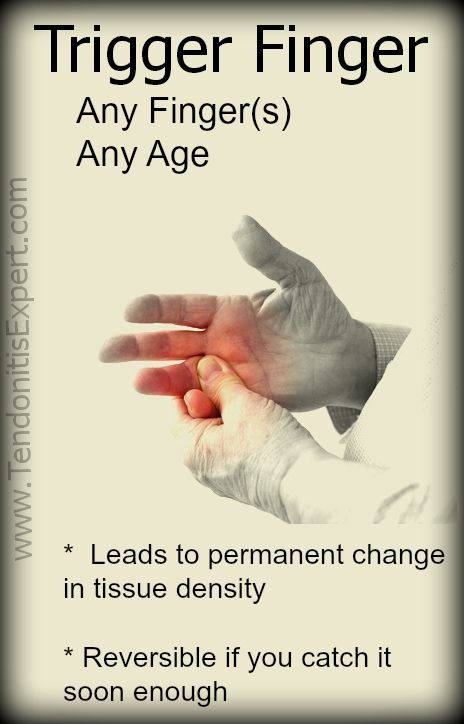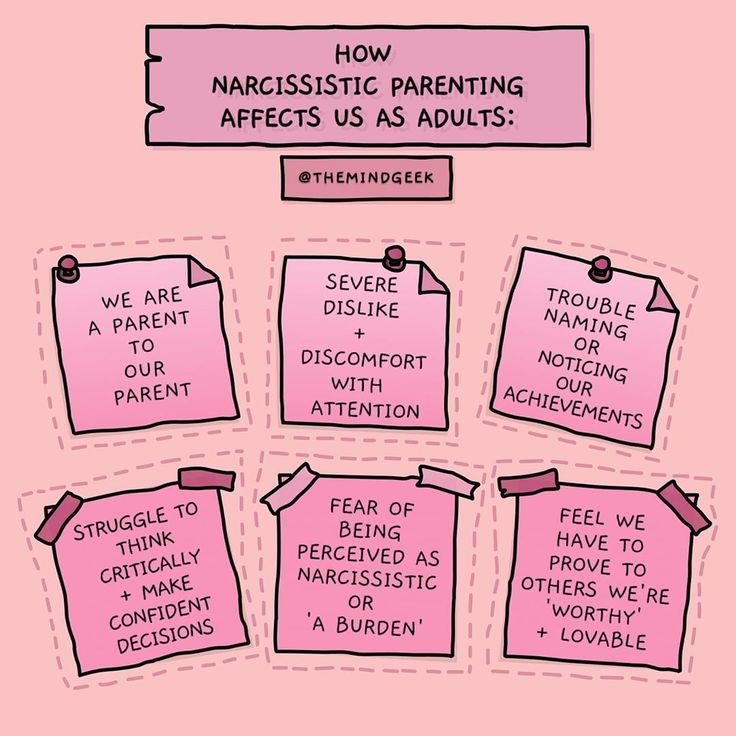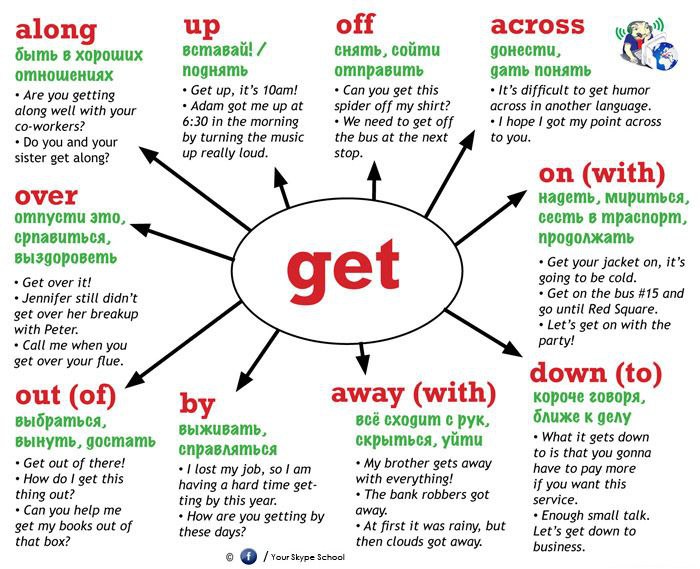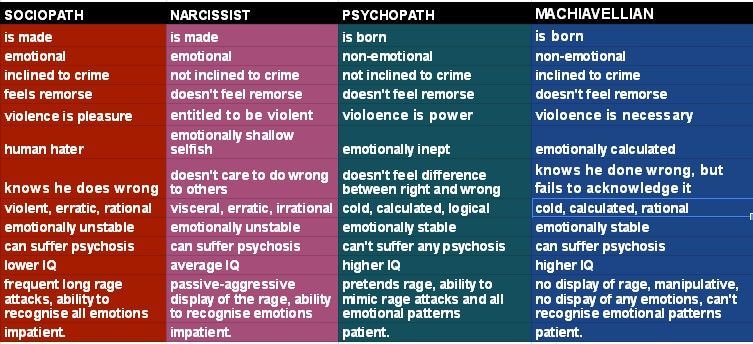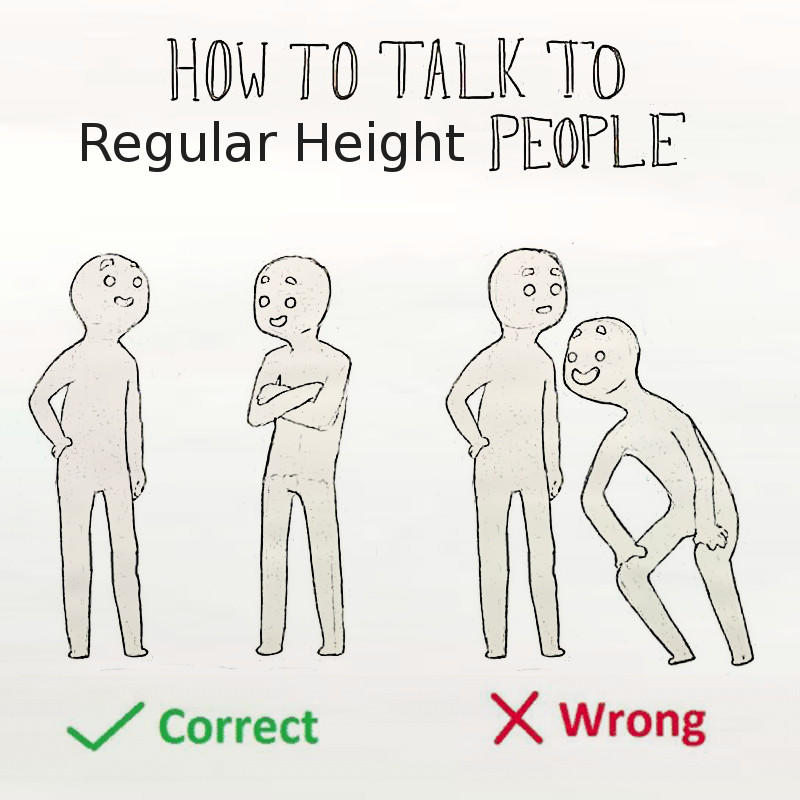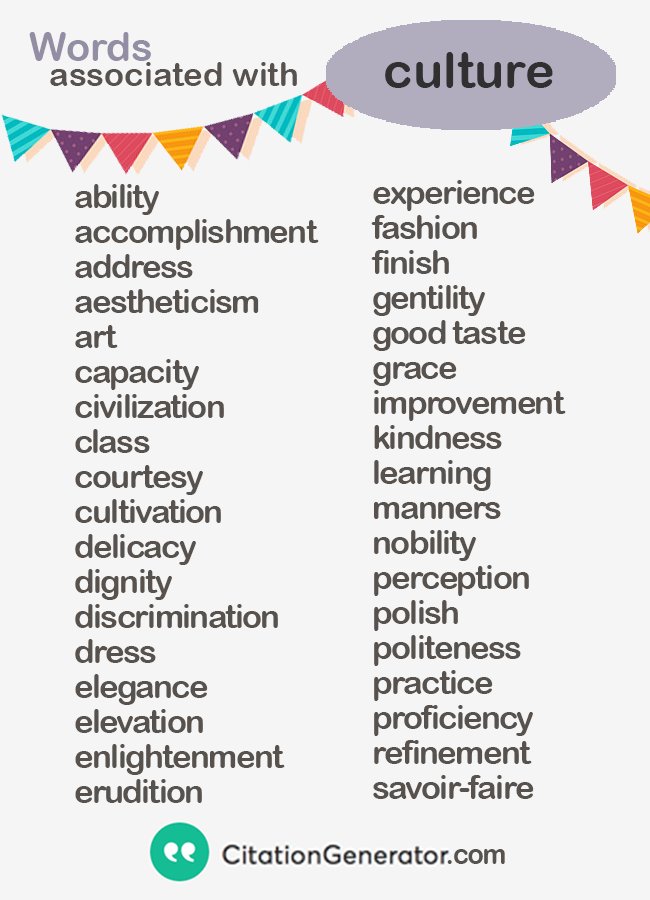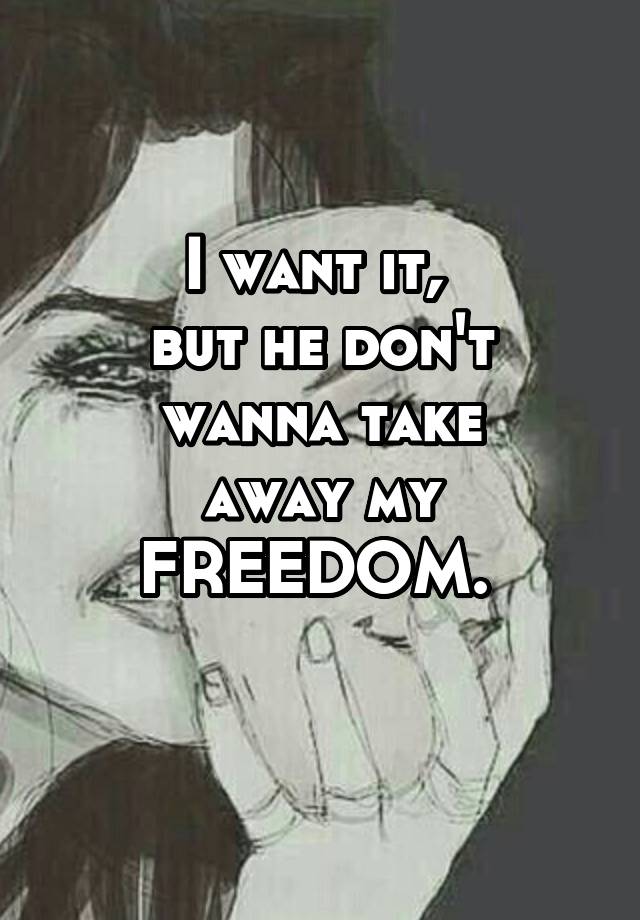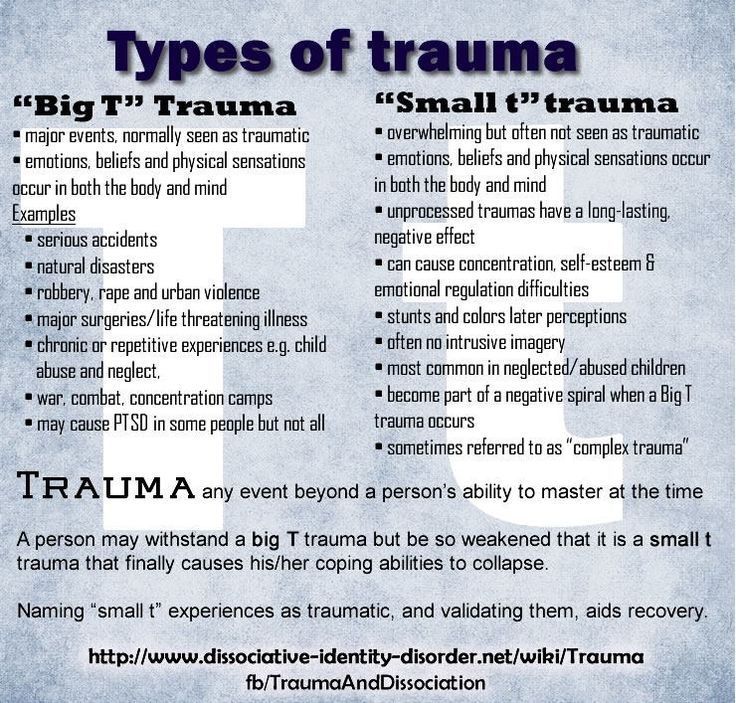What is a trigger
What They Are, How They Form, and What to Do
Triggers are sensory reminders that cause painful memories or certain symptoms to resurface.
If you experienced a traumatic event, you likely remember certain sounds, smells, or sights related to that experience. Now, when you encounter these sensory reminders — known as “triggers” — you may get a feeling of anxiety, unease, or panic.
Or perhaps you live with substance use disorder, where the smell of alcohol or a certain scene can trigger your symptoms.
Triggers can be anything from a holiday to a perfume scent to a loud voice. But how do triggers form, and what can you do if you’re triggered?
In psychology, a “trigger” is a stimulus that causes a painful memory to resurface. A trigger can be any sensory reminder of the traumatic event: a sound, sight, smell, physical sensation, or even a time of day or season.
For instance, the sound of fireworks can be a trigger for combat veterans with post-traumatic stress disorder (PTSD). Or a certain type of dog might be a trigger for a person who was bitten as a child.
Apart from trauma, the term “trigger” is also used in other mental health contexts. A trigger can be anything that activates or worsens the symptoms of a mental health condition, such as obsessive compulsive disorder (OCD) or substance use disorder.
For example, a person with contamination-type OCD might be triggered by the sight of a dirty doorknob and react with extreme fear. Or a person with alcohol use disorder might be triggered by the smell of alcohol and suddenly start craving a drink.
What does ‘triggered’ mean?
The word “triggered” is used more casually nowadays, which has likely caused some confusion. But it’s important to note that there’s a difference between being uncomfortable or offended and having a true mental health symptom.
In general, when a person is “triggered,” they’re being provoked by a stimulus that awakens or worsens the symptoms of a traumatic event or mental health condition.
A person’s strong reaction to being triggered may come as a surprise to others because the response seems out of proportion to the stimulus. But this is because the triggered individual is mentally reliving the original trauma.
For example, an adult who experienced abandonment as a child might feel triggered from an unanswered text. The uncertainty of why they didn’t receive a response may cause them to relive feelings of abandonment.
A 2004 study revealed that our senses (e.g. sight, smell, sound) play a significant role in forming memories. One theory proposed that trauma-related triggers may feel so intense because our senses are highly involved.
When we experience trauma, our brains tend to store the surrounding sensory stimuli to memory. Then, when we encounter these sensory triggers years later, the brain may reactivate the feelings associated with the trauma. In some cases, we may not even be conscious of why we are afraid or upset.
For instance, if you got into a bad car accident while listening to a certain song or while chewing grape bubble gum, these sensory experiences could become triggers for years to come.
But whether it’s a one-time event or a series of traumatic events, trauma affects each person differently. In fact, the same event could cause two people to respond completely differently. While one person might reach a point of acceptance about an unsettling experience, the other person might develop PTSD.
This difference in response could be a result of a wide range of factors. According to 2014 research, the way a traumatic event impacts an individual depends on several factors, including the:
- individual’s personality traits and sociocultural history
- specific characteristics of the event
- stage of the individual’s emotional development
- meaning of the trauma to the individual
Triggers come in all shapes and sizes and are unique to each person.
This is not an exhaustive list, but here are a few common triggers:
- holiday or anniversary of the trauma or loss
- certain sounds, sights, smells, or tastes related to the trauma
- loud voices or yelling
- loud noises
- arguments
- being ridiculed or judged
- being alone
- getting rejected
- being ignored
- breakup of a relationship
- violence in the news
- sexual harassment or unwanted touching
- physical illness or injury
Trigger warnings are designed to warn trauma survivors about potentially disturbing content.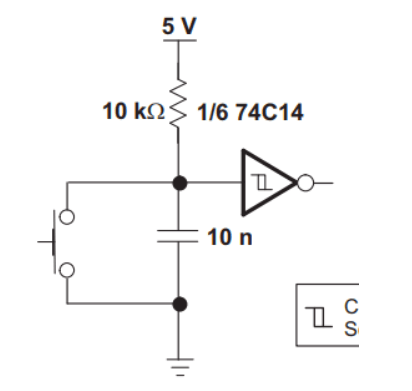 These warnings originated in online forums for survivors of sexual trauma, where individuals would warn other readers about the upcoming content.
These warnings originated in online forums for survivors of sexual trauma, where individuals would warn other readers about the upcoming content.
However, the use of trigger warnings has now expanded to a wide variety of settings including social media, entertainment, and educational settings.
Trigger warnings may now warn of the following:
- physical violence
- sexual violence
- incest
- child abuse
- racism
- eating disorders
- animal abuse or suffering
- homophobia or transphobia
- self-harm or suicide
- miscarriage or abortion
- body shaming
No doubt, these warnings may help certain people with PTSD, particularly if they’re in a vulnerable state in that given moment. However, there is some debate on whether trigger warnings are ultimately helpful.
One 2020 study suggested that trigger warnings reinforce a survivor’s view of their trauma as central to their identity — something that is counterproductive to the healing process.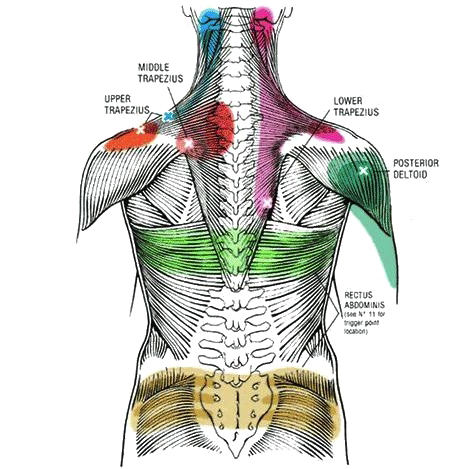
In addition, the widespread and casual use of trigger warnings can send the wrong message to the general public. Some people may believe that those who need trigger warnings are weak or incapable of handling stress.
Others may casually say they’re triggered anytime something angers or upsets them, further causing the word to lose its meaning.
- Try to have perspective. As soon as you feel triggered, try to take a birds-eye view of the situation. Recognize where these intense feelings are coming from — likely not from the trigger itself, but from a previous traumatic experience.
- Remind yourself that you are safe. Next, try taking slow deep breaths and remind yourself that you’re safe now. You can repeat a mantra in your head, if that’s helpful for you. You might remind yourself, “I am safe. This is not then.”
- Practice self-compassion and acceptance. As much as you can, try not to get irritated with yourself for having these feelings.
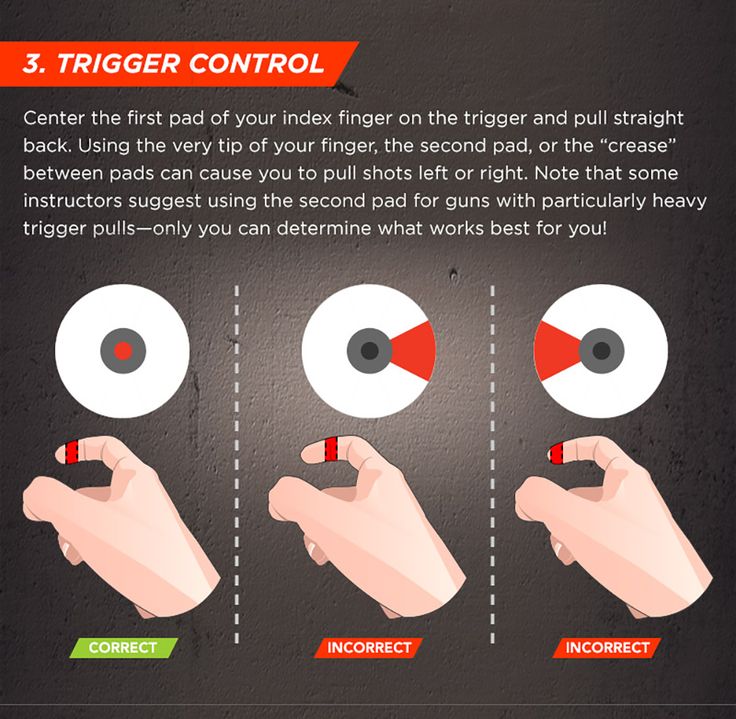 Direct compassion toward yourself as you would a close loved one.
Direct compassion toward yourself as you would a close loved one. - Try meditating. Practicing meditation may also be a helpful tool to help reduce your anxiety. A 2013 research review involving 207 studies found that mindfulness meditation is an effective way to lower anxiety, depression, and stress. There are even trauma-informed mindfulness practices you can try.
A “trigger” is a stimulus that awakens a painful memory, feeling, or symptom. People who experienced trauma or who have a mental health condition are particularly vulnerable to triggers.
If you experienced trauma or live with anxiety or a substance use disorder, please don’t hesitate to reach out for support. A mental health professional can help you come up with a treatment plan to reduce your symptoms and improve your well-being.
What They Are, How They Form, and What to Do
Triggers are sensory reminders that cause painful memories or certain symptoms to resurface.
If you experienced a traumatic event, you likely remember certain sounds, smells, or sights related to that experience.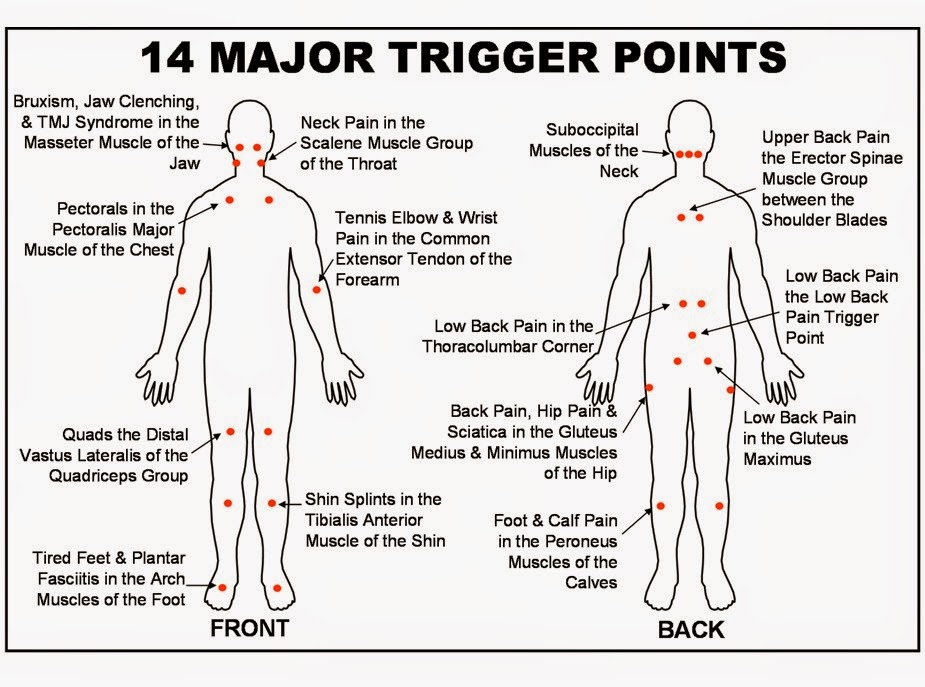 Now, when you encounter these sensory reminders — known as “triggers” — you may get a feeling of anxiety, unease, or panic.
Now, when you encounter these sensory reminders — known as “triggers” — you may get a feeling of anxiety, unease, or panic.
Or perhaps you live with substance use disorder, where the smell of alcohol or a certain scene can trigger your symptoms.
Triggers can be anything from a holiday to a perfume scent to a loud voice. But how do triggers form, and what can you do if you’re triggered?
In psychology, a “trigger” is a stimulus that causes a painful memory to resurface. A trigger can be any sensory reminder of the traumatic event: a sound, sight, smell, physical sensation, or even a time of day or season.
For instance, the sound of fireworks can be a trigger for combat veterans with post-traumatic stress disorder (PTSD). Or a certain type of dog might be a trigger for a person who was bitten as a child.
Apart from trauma, the term “trigger” is also used in other mental health contexts. A trigger can be anything that activates or worsens the symptoms of a mental health condition, such as obsessive compulsive disorder (OCD) or substance use disorder.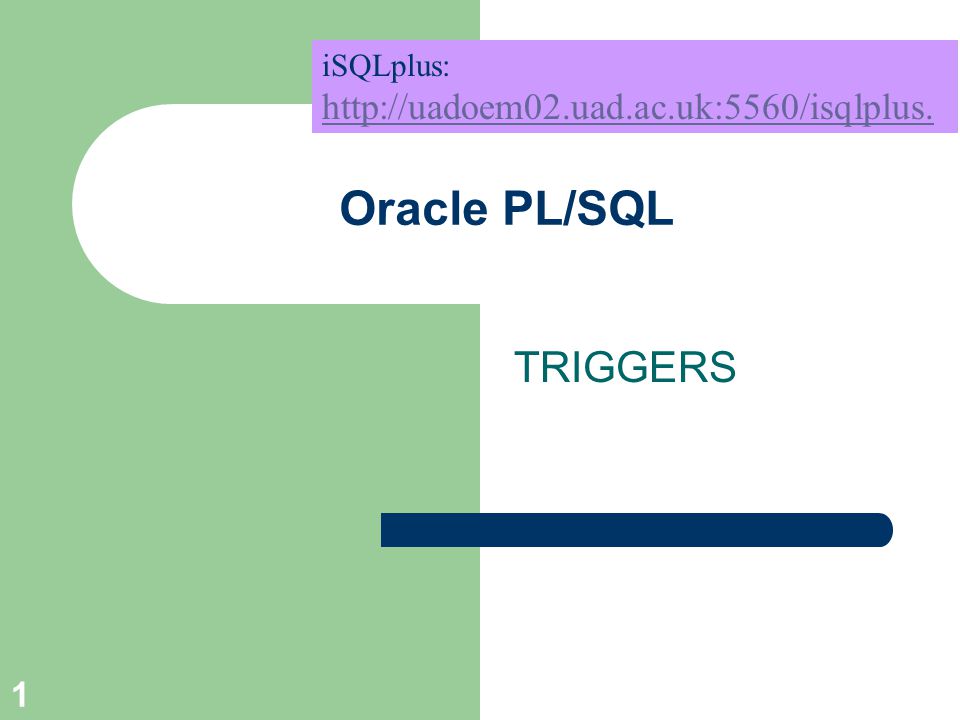
For example, a person with contamination-type OCD might be triggered by the sight of a dirty doorknob and react with extreme fear. Or a person with alcohol use disorder might be triggered by the smell of alcohol and suddenly start craving a drink.
What does ‘triggered’ mean?
The word “triggered” is used more casually nowadays, which has likely caused some confusion. But it’s important to note that there’s a difference between being uncomfortable or offended and having a true mental health symptom.
In general, when a person is “triggered,” they’re being provoked by a stimulus that awakens or worsens the symptoms of a traumatic event or mental health condition.
A person’s strong reaction to being triggered may come as a surprise to others because the response seems out of proportion to the stimulus. But this is because the triggered individual is mentally reliving the original trauma.
For example, an adult who experienced abandonment as a child might feel triggered from an unanswered text. The uncertainty of why they didn’t receive a response may cause them to relive feelings of abandonment.
The uncertainty of why they didn’t receive a response may cause them to relive feelings of abandonment.
A 2004 study revealed that our senses (e.g. sight, smell, sound) play a significant role in forming memories. One theory proposed that trauma-related triggers may feel so intense because our senses are highly involved.
When we experience trauma, our brains tend to store the surrounding sensory stimuli to memory. Then, when we encounter these sensory triggers years later, the brain may reactivate the feelings associated with the trauma. In some cases, we may not even be conscious of why we are afraid or upset.
For instance, if you got into a bad car accident while listening to a certain song or while chewing grape bubble gum, these sensory experiences could become triggers for years to come.
But whether it’s a one-time event or a series of traumatic events, trauma affects each person differently. In fact, the same event could cause two people to respond completely differently.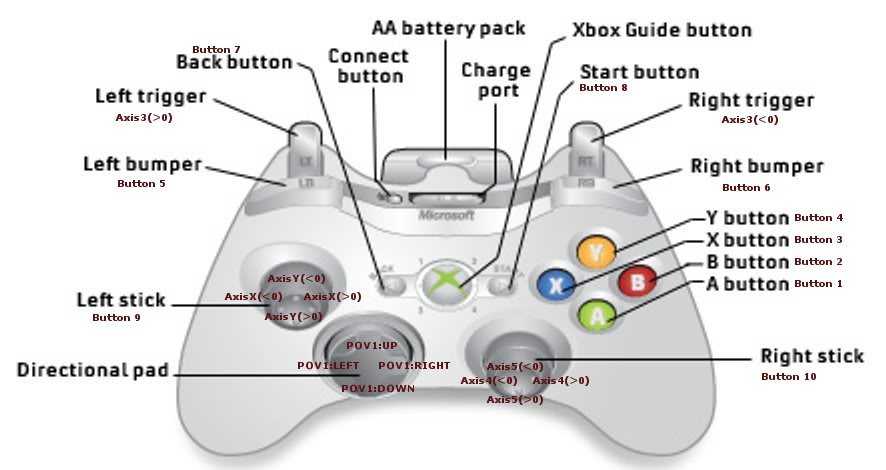 While one person might reach a point of acceptance about an unsettling experience, the other person might develop PTSD.
While one person might reach a point of acceptance about an unsettling experience, the other person might develop PTSD.
This difference in response could be a result of a wide range of factors. According to 2014 research, the way a traumatic event impacts an individual depends on several factors, including the:
- individual’s personality traits and sociocultural history
- specific characteristics of the event
- stage of the individual’s emotional development
- meaning of the trauma to the individual
Triggers come in all shapes and sizes and are unique to each person.
This is not an exhaustive list, but here are a few common triggers:
- holiday or anniversary of the trauma or loss
- certain sounds, sights, smells, or tastes related to the trauma
- loud voices or yelling
- loud noises
- arguments
- being ridiculed or judged
- being alone
- getting rejected
- being ignored
- breakup of a relationship
- violence in the news
- sexual harassment or unwanted touching
- physical illness or injury
Trigger warnings are designed to warn trauma survivors about potentially disturbing content. These warnings originated in online forums for survivors of sexual trauma, where individuals would warn other readers about the upcoming content.
These warnings originated in online forums for survivors of sexual trauma, where individuals would warn other readers about the upcoming content.
However, the use of trigger warnings has now expanded to a wide variety of settings including social media, entertainment, and educational settings.
Trigger warnings may now warn of the following:
- physical violence
- sexual violence
- incest
- child abuse
- racism
- eating disorders
- animal abuse or suffering
- homophobia or transphobia
- self-harm or suicide
- miscarriage or abortion
- body shaming
No doubt, these warnings may help certain people with PTSD, particularly if they’re in a vulnerable state in that given moment. However, there is some debate on whether trigger warnings are ultimately helpful.
One 2020 study suggested that trigger warnings reinforce a survivor’s view of their trauma as central to their identity — something that is counterproductive to the healing process.
In addition, the widespread and casual use of trigger warnings can send the wrong message to the general public. Some people may believe that those who need trigger warnings are weak or incapable of handling stress.
Others may casually say they’re triggered anytime something angers or upsets them, further causing the word to lose its meaning.
- Try to have perspective. As soon as you feel triggered, try to take a birds-eye view of the situation. Recognize where these intense feelings are coming from — likely not from the trigger itself, but from a previous traumatic experience.
- Remind yourself that you are safe. Next, try taking slow deep breaths and remind yourself that you’re safe now. You can repeat a mantra in your head, if that’s helpful for you. You might remind yourself, “I am safe. This is not then.”
- Practice self-compassion and acceptance. As much as you can, try not to get irritated with yourself for having these feelings.
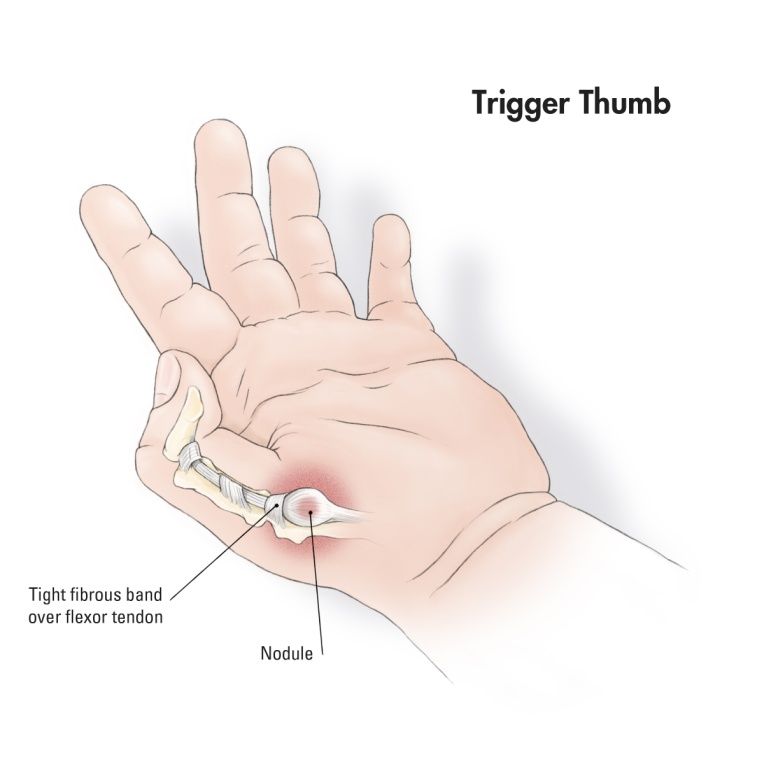 Direct compassion toward yourself as you would a close loved one.
Direct compassion toward yourself as you would a close loved one. - Try meditating. Practicing meditation may also be a helpful tool to help reduce your anxiety. A 2013 research review involving 207 studies found that mindfulness meditation is an effective way to lower anxiety, depression, and stress. There are even trauma-informed mindfulness practices you can try.
A “trigger” is a stimulus that awakens a painful memory, feeling, or symptom. People who experienced trauma or who have a mental health condition are particularly vulnerable to triggers.
If you experienced trauma or live with anxiety or a substance use disorder, please don’t hesitate to reach out for support. A mental health professional can help you come up with a treatment plan to reduce your symptoms and improve your well-being.
What is a trigger in psychology?
What is a trigger
Initially, the term “trigger” in psychology was used mainly when it was about people who experienced trauma. A trigger is a stimulus that reminds you of a trauma, causes severe stress, panic, flashbacks, makes you re-experience traumatic events as if in reality.
A trigger is a stimulus that reminds you of a trauma, causes severe stress, panic, flashbacks, makes you re-experience traumatic events as if in reality.
For a participant or witness of combat operations with PTSD, the sound of fireworks sometimes works as a trigger - it reminds of explosions and bombings and immerses in painful memories. A person who was bitten by a dog as a child may, at the sight of dogs of the same breed, each time emotionally return to a state of fear and pain and experience an overwhelming desire to run away. For a child who has been bullied, the word being teased can be a trigger - if they hear it, it will cause stress or even a fit of anger and rage.
Related material
In the context of other psychiatric disorders, a trigger is a stimulus that provokes an exacerbation or return of symptoms of a disease.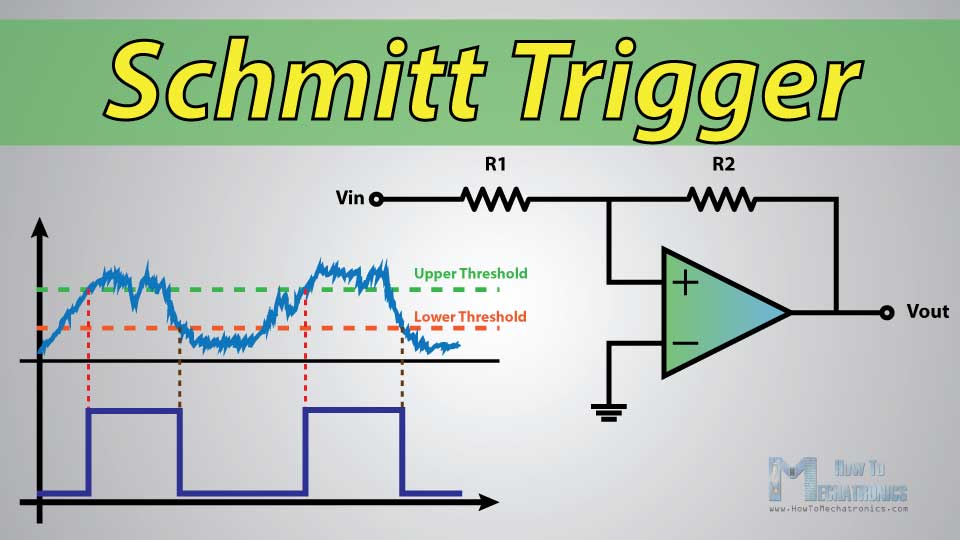 The sight of a spider is a trigger for an arachnophobe and can lead to a panic attack. Accidentally touching something dirty will cause a person with OCD to compulsively wash their hands. The smell of alcohol or the mention of drugs can make those who are addicted to alcohol or drugs have a strong desire to immediately consume the substance in question, and stress can provoke overeating in people with eating disorders.
The sight of a spider is a trigger for an arachnophobe and can lead to a panic attack. Accidentally touching something dirty will cause a person with OCD to compulsively wash their hands. The smell of alcohol or the mention of drugs can make those who are addicted to alcohol or drugs have a strong desire to immediately consume the substance in question, and stress can provoke overeating in people with eating disorders.
Now you can often find the verb "trigger", and it is used in a variety of contexts - in the sense of "causing unpleasant experiences, memories, emotions." But you need to be aware that there is a big difference between ordinary unpleasant sensations and the actual re-experiencing of trauma.
How a trigger works
When a person encounters a trigger, the same thing happens as in a real stressful situation.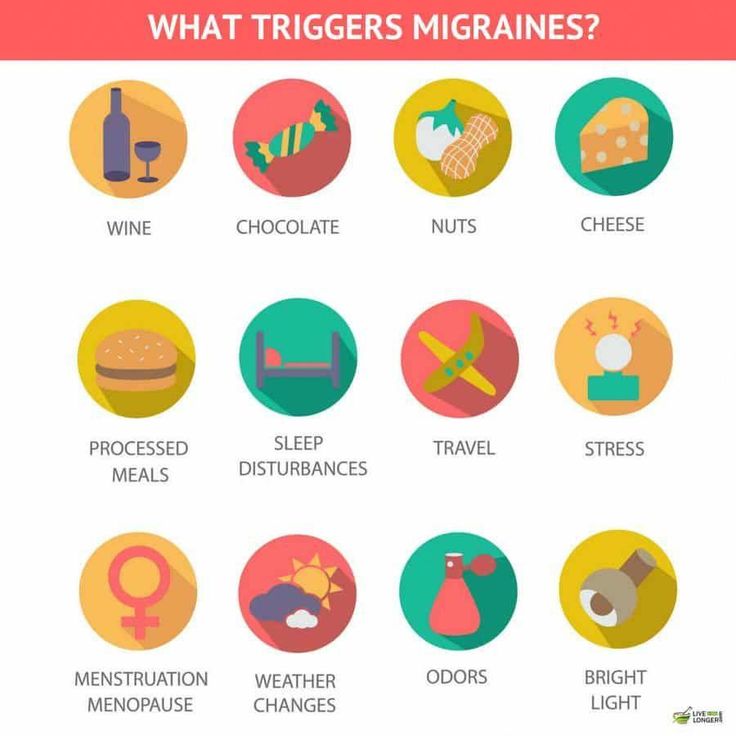 The person seems to be in the moment of trauma. The trigger activates the sympathetic nervous system, which triggers a self-defense mechanism that includes three possible responses: fight, run, or freeze. The stress hormones adrenaline and cortisol are released. All resources are directed to survival: the heartbeat quickens, the lungs expand. Bodily functions not directly required for running or fighting, such as digestion and the immune system, are suppressed.
The person seems to be in the moment of trauma. The trigger activates the sympathetic nervous system, which triggers a self-defense mechanism that includes three possible responses: fight, run, or freeze. The stress hormones adrenaline and cortisol are released. All resources are directed to survival: the heartbeat quickens, the lungs expand. Bodily functions not directly required for running or fighting, such as digestion and the immune system, are suppressed.
Blood drains from the prefrontal cortex - the area responsible for planning, decision making, emotional regulation and volitional control - and flows to the "primitive" areas responsible for instinctive and reflex behavior.
Related material
As a result, the ability to control emotions, use logic to analyze the situation, make decisions and overcome stress is suppressed; a person experiences severe anxiety, gives in to impulses - to run away, scream, pounce with fists. So the trigger can cause a panic attack or a nervous breakdown.
So the trigger can cause a panic attack or a nervous breakdown.
Moreover, the reaction may seem disproportionately violent compared to the scale of the trigger. But the fact is that the trigger makes a person mentally experience a real trauma, and at that moment he loses touch with reality. For example, in a person who experienced the trauma of rejection as a child, a missed call or unanswered message can provoke panic - because it will emotionally throw him back to his childhood, where he was abandoned by his parents.
How triggers are formed
Scientists are still not entirely clear on how triggers are formed. Most likely, the matter is in the mechanisms of memory.
According to the study, sensory information from the senses plays an important role in the formation of memory.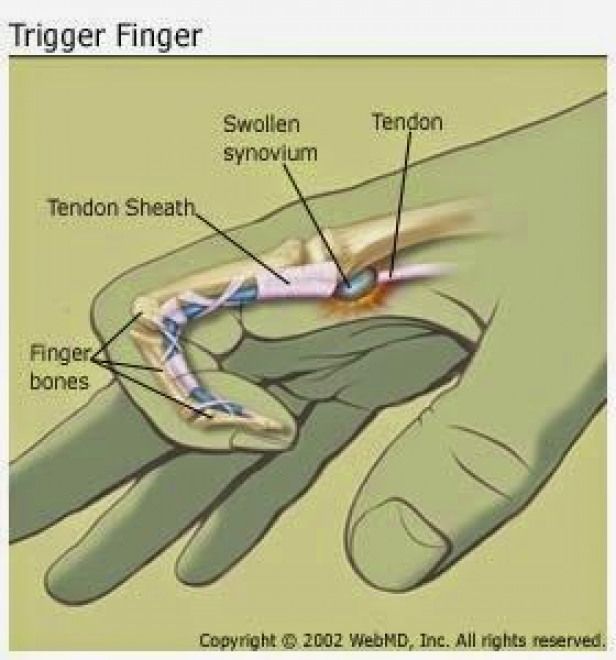 One theory is that when we experience traumatic events, our brain stores the accompanying sensory experiences in memory. So if we encounter these stimuli again some time later, the brain reactivates the sensations associated with the trauma. For example, if a person had an accident while certain music was playing in the car, then in the future the sounds of this music will turn into a trigger and will remind him of the accident and the emotions that he experienced then.
One theory is that when we experience traumatic events, our brain stores the accompanying sensory experiences in memory. So if we encounter these stimuli again some time later, the brain reactivates the sensations associated with the trauma. For example, if a person had an accident while certain music was playing in the car, then in the future the sounds of this music will turn into a trigger and will remind him of the accident and the emotions that he experienced then.
Another theory suggests that memories of traumatic events are stored in the human brain in a special way. In stressful situations, as a result of the suppression of the work of the prefrontal cortex, the process of forming short-term memory is disrupted, and the event is marked not as an event in the past, but as a threat that exists in the present. When the trigger is reminiscent of a trauma, the person's body reacts as if the traumatic situation is unfolding right now, specifically activating the fight-or-flight response.
Related material
Moreover, this is not a mistake of nature, but also a protective mechanism - a person is thus on alert and in case of danger he will be able to react faster. Police sometimes reflexively shoot to kill as soon as they see the trigger - a weapon in the hands of a suspect. This can save the life of a policeman, but sometimes it leads to tragic situations - when people who were holding toy weapons or just a similar object were under bullets.
Habits can contribute to the formation of triggers. People prefer to act according to familiar patterns - this relieves the brain of the need to make decisions and saves energy. If two activities are associated with each other, then one can become a trigger for the other. A simple example: a person is used to drinking alcohol while fishing. If he decides to stop drinking, he will want to drink every time he goes fishing - this is also a trigger.
People may react differently to the same traumatic event: if one is not seriously affected at all, another may develop PTSD. According to the study, the effect that a traumatic situation has on a person depends, among other things, on factors such as:
- Age of the person at the time of the traumatic event;
- Belonging to a certain culture and religion;
- Presence of psychological disorders;
- Character traits and family history.
Types of triggers
Triggers are very individual and there are many types. What becomes a trigger for one may go unnoticed for another. In this case, literally anything can become a trigger. Trigger types:
- Specific time: time of day, year, anniversary of injury or loss of a loved one;
- Location where the traumatic event occurred;
- Sensory stimuli: loud noises or screaming, taste of food eaten shortly before the incident, smell, physical sensations associated with trauma;
- Harassment or unwanted touching;
- Reading or viewing something that brings to mind the traumatic event: violence in movies, news photos and videos;
- Situations: crowded place, person running;
- Words - for example, those that a person heard from abusive parents;
- A situation where a person is laughed at, rejected or ignored;
- Emotions: stress, anger, loneliness;
- Pain;
- Quarrel.
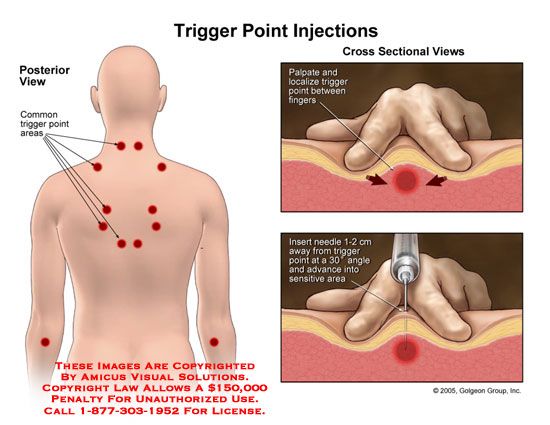
Related material
Recognize the triggers and take control of the situation
Meeting with a trigger leads to the fact that a person ceases to be present in the moment and control the situation: the trigger makes him act automatically, obey an involuntary impulse and behave in a certain way.
The first step to regaining control of what is happening is to try to take a small pause between the impulse arising from the trigger event and your reaction; recognize the impulse, make a choice how to behave, and only then act. Marshall Goldsmith in his book Triggers describes this as moving from a Trigger → Reaction scheme to a Trigger → Impulse, Awareness, Choice → Behavior scheme.
- Become aware of your reaction to stress and how exactly the body (hyperventilation, palpitations?) and brain (anxiety? language withdrawal? rage attack?) react to the trigger.
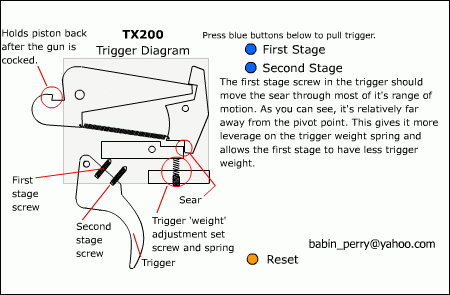
- Try to calm the body with deep breathing or progressive muscle relaxation.
- Try to identify the trigger and pattern, the template of your reactions: what exactly caused such a reaction and why.
- Realize that the situation is actually safe: the trigger itself is harmless and nothing threatens the person at the moment.
Neutralize the influence of triggers
Learning how your triggers work allows you to predict situations in which you can encounter triggers again. So, you can develop a strategy for your behavior.
In some cases it makes sense to avoid triggers: Combatants with PTSD should not watch violent war films; recovering from alcohol and drug addiction - not to attend parties of friends who are prone to excessive drinking; anorexics - do not look at photos of thin celebrities.
What are some ways to get rid of triggers?
— First of all, you should seek qualified psychological help: a psychologist will help you work with triggers;
- It is necessary to increase the ability to stay in the moment, not to give in to an impulse, to be aware of what is happening: deep breathing, sports, journaling, mindfulness meditation will help here;
- It is worth having a support circle - an environment of people who understand you, support you and take care of your feelings.
What is a trigger in marketing
Contents
- What are emotional triggers in marketing
- Examples of triggers in marketing
- How to understand if a trigger works
- What triggers will repel potential customers
- The main thing about triggers in marketing
A trigger in marketing is an object, image, advertising message that encourages a person to take a targeted action - for example, place an order or subscribe to the newsletter.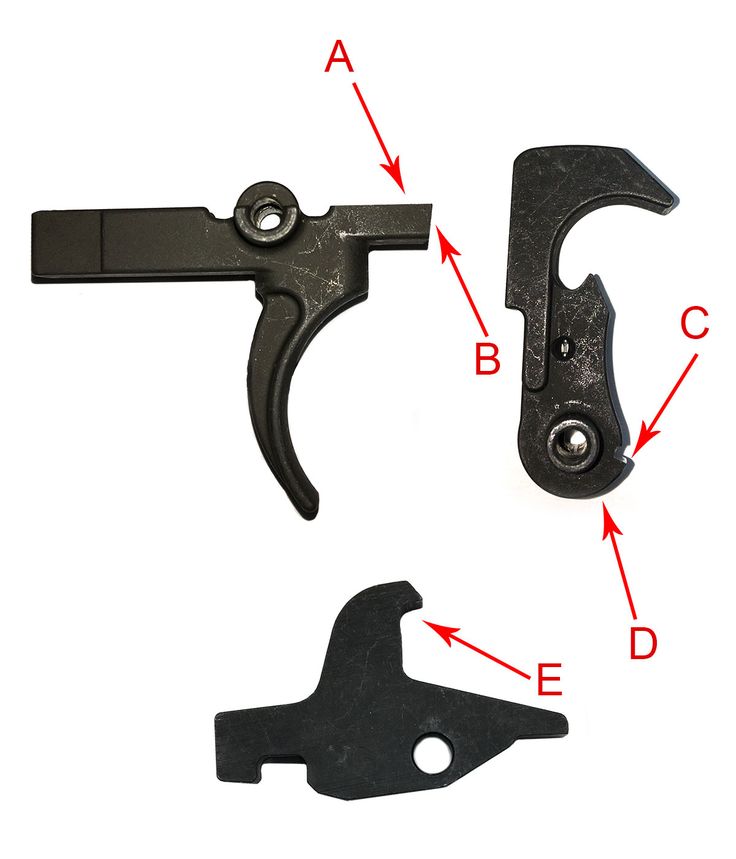
The trigger is placed in the title, picture, video, sound - any element of the commercial, landing page, article or mailing where they want to influence the perception and subconscious of a person.
The trigger works because it triggers an emotion. For example, out of fear of catching a virus while traveling, tourists take out insurance, and out of a desire to stand out, they buy a limited collection of sneakers. Triggers help convince doubting users of the value of a product and push them to order or purchase.
What are emotional triggers in marketing
A trigger affects the emotions of potential customers:0047 greed,
Marketing Trigger Examples
If you're choosing a trigger to promote a product or service, remember that the same approach can have a positive effect on sales in one case, but backfire in another. A lot depends on who your potential customers are, what your USP is, and so on.
An example of a trigger that affects the emotion of greed: “There are only 9 leftseats with a 90% discount on the last show of the season.
If you choose the right key to a potential buyer, he will respond to advertising correctly, register for an event, order a presentation, purchase a product or service, etc.
An example of an abandoned cart triggerNot sure which trigger works best? Formulate a hypothesis and test it, measure the result for each trigger and choose the best one.
How to understand if a trigger is working
To track the effectiveness of a trigger, use end-to-end analytics. For example, Roistat has the A/B Tests service: with its help, you can independently create and conduct A/B tests of pages with different triggers and choose those that bring more sales.
Connect end-to-end analytics Roistat
Get more customers without increasing your advertising budget
Connect
What triggers will repel potential customers
Try not to abuse the attention of readers if you influence their emotions with the help of triggers. There is always a risk of overdoing it and causing negativity if the client feels they are being manipulated.
There is always a risk of overdoing it and causing negativity if the client feels they are being manipulated.
Do not read this manual if you want to continue being a beggar.
From time to time brands take risks and use scandalous and provocative triggers. Sometimes the risk is justified, sometimes not. Excessive emotional discomfort from a trigger can not only push the reader away from the advertising creative, but also cause a negative attitude towards the product and the brand as a whole.
Pick one main emotion you want to trigger, don't lump it all together.
Read our blog about 4 email marketing trends .
- Basically, triggers are used where the reader's attention is important and it is necessary to induce him to action - in offers, USP, slogans, email newsletter headers, and so on.
- When used correctly, emotional triggers are one of the most effective tools in marketing.
